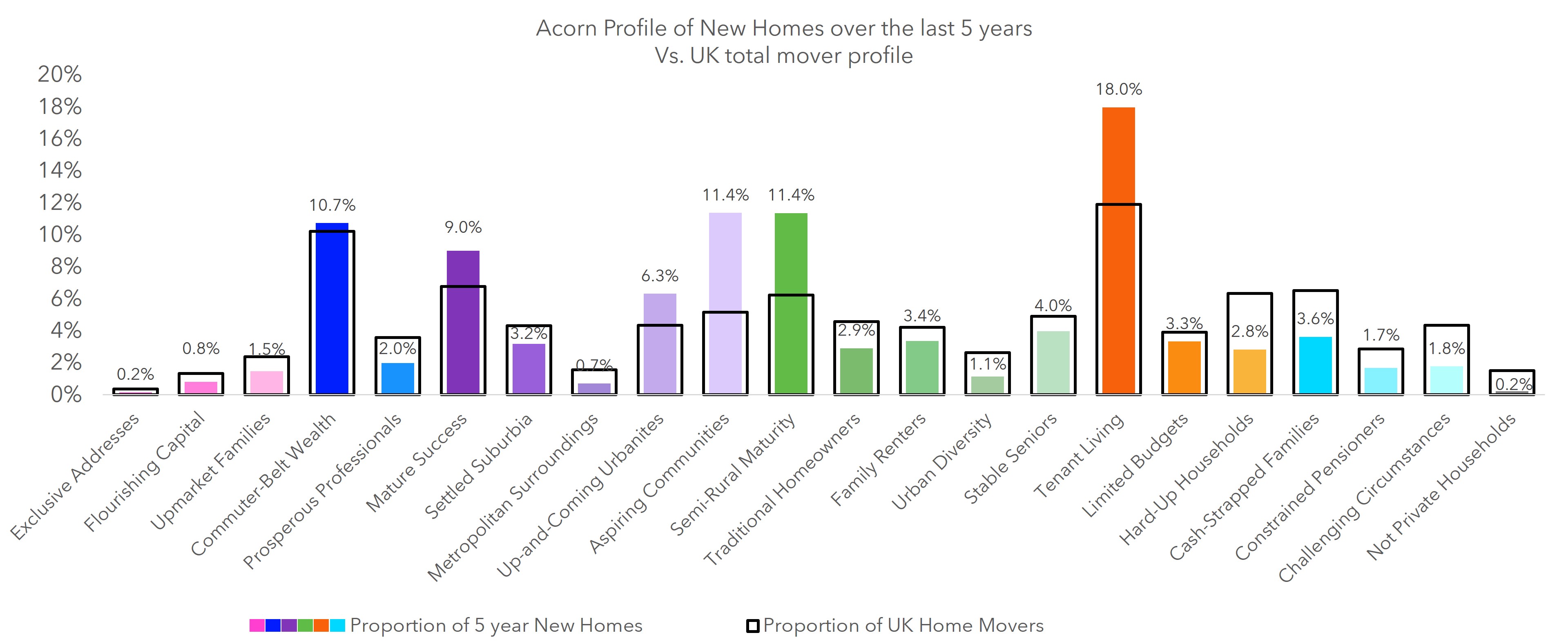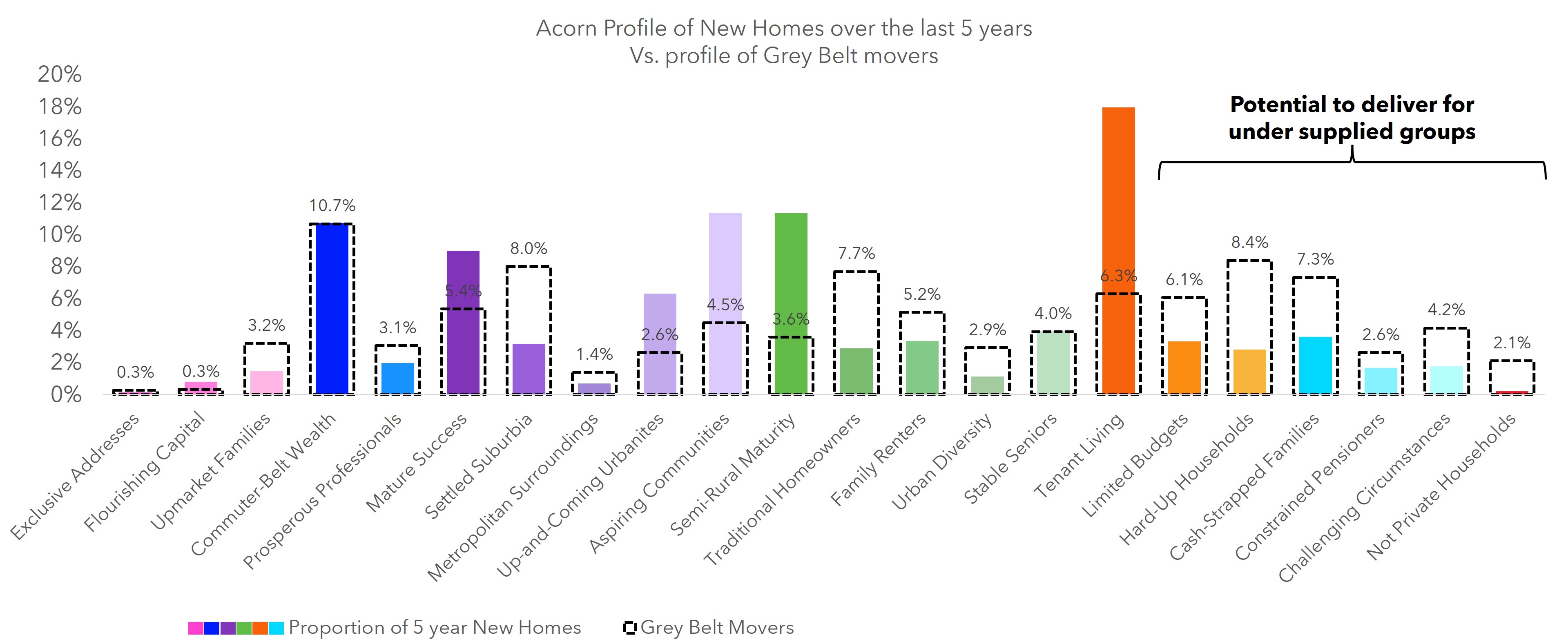Assessing the impact of the grey belt initiative on a National scale

In our previous blog in this series, we dove into what grey belt sites are, including their locations and projected impact on the future of housing. Today, we’ll examine the grey belt strategy on a national scale.
How can the grey belt initiative impact housing on a national scale?
As previously highlighted, the government aims to build 1.5 million homes in the next five years. If successfully implemented, the grey belt initiative could play a pivotal role in meeting this ambitious target. The former government set significant housebuilding goals—constructing 300,000 homes annually and achieving 1 million new homes over a parliamentary term. However, the figures for 2021-22 and 2022-23 fell short, with only around 235,000 homes built each year. With the new Labour government adopting even more aggressive targets, innovative strategies like repurposing grey belt land could be key to delivering homes on a larger scale.
VirginLand research has uncovered nearly 8,000 potential grey belt sites across England and a further 6,000 in Scotland. The 7,823 sites in England could collectively accommodate up to 450,000 new homes, while the 5,960 in Scotland could accommodate 74,000. With a total capacity of 524,000 new homes, the grey belt represents a substantial opportunity to address the housing shortage. In partnership, CACI has revealed that 36% of all home movers in these regions live within two miles of a potential grey belt site. To put this into perspective, nearly 5 million potential home movers are currently situated within the catchment areas of these sites. This emphasises the strategic importance of grey belt land, not only in providing housing, but in meeting demand where people are already seeking to relocate.
The fact that one in three movers live so close to these sites is a powerful indicator of the relevance of grey belt land in addressing the housing needs of a growing, mobile population. This proximity strengthens the case for rolling out the grey belt strategy on a national level, offering immediate and long-term benefits to communities in need of affordable housing solutions.

How undeserved & undersupplied groups will be supported by the grey belt initiative
The accompanying data illustrates the national picture of the new grey belt strategy, highlighting the importance of addressing the housing needs of underserved groups. Housing development has traditionally focused on a few demographic clusters, with the “Tenant Living” group (18%) receiving a large share of new housing deliveries. This reflects a growing focus on affordable housing and rental markets, which are crucial for tackling the UK’s housing crisis. However, the grey belt strategy seeks to broaden this scope, opening up underutilised land for development to benefit a wider range of demographics, including “Limited Budgets” (3.3%) and “Hard-Up Households” (2.8%).

Further research conducted by CACI highlights the potential of grey belt sites to serve undersupplied groups. Data reveals that people living within two miles of potential grey belt sites skew towards lower affluence groups, which have historically been underserved in new housing developments. Groups such as “Limited Budgets” (6.1%), “Hard-Up Households” (8.4%) and “Cash-Strapped Families” (7.3%) represent a significant proportion of grey belt movers compared to the profile of new homes delivered over the past five years.
This shift indicates that the grey belt holds immense potential to cater to these underserved demographics, offering new housing opportunities that align more closely with the needs of lower-income populations. By unlocking development in the grey belt, the government has the opportunity to meet its housing targets while addressing the imbalances in housing availability for a broader spectrum of society. This strategy is not just about numbers; it’s about making housing accessible and affordable for the people who need it most.
How CACI can help?
Stay tuned for the next blog in this series, where we’ll explore the potential that this grey belt initiative has on the North West and Scotland. In the meantime, contact CACI to find out how you can ensure that your developments are meeting the demands of local movers.